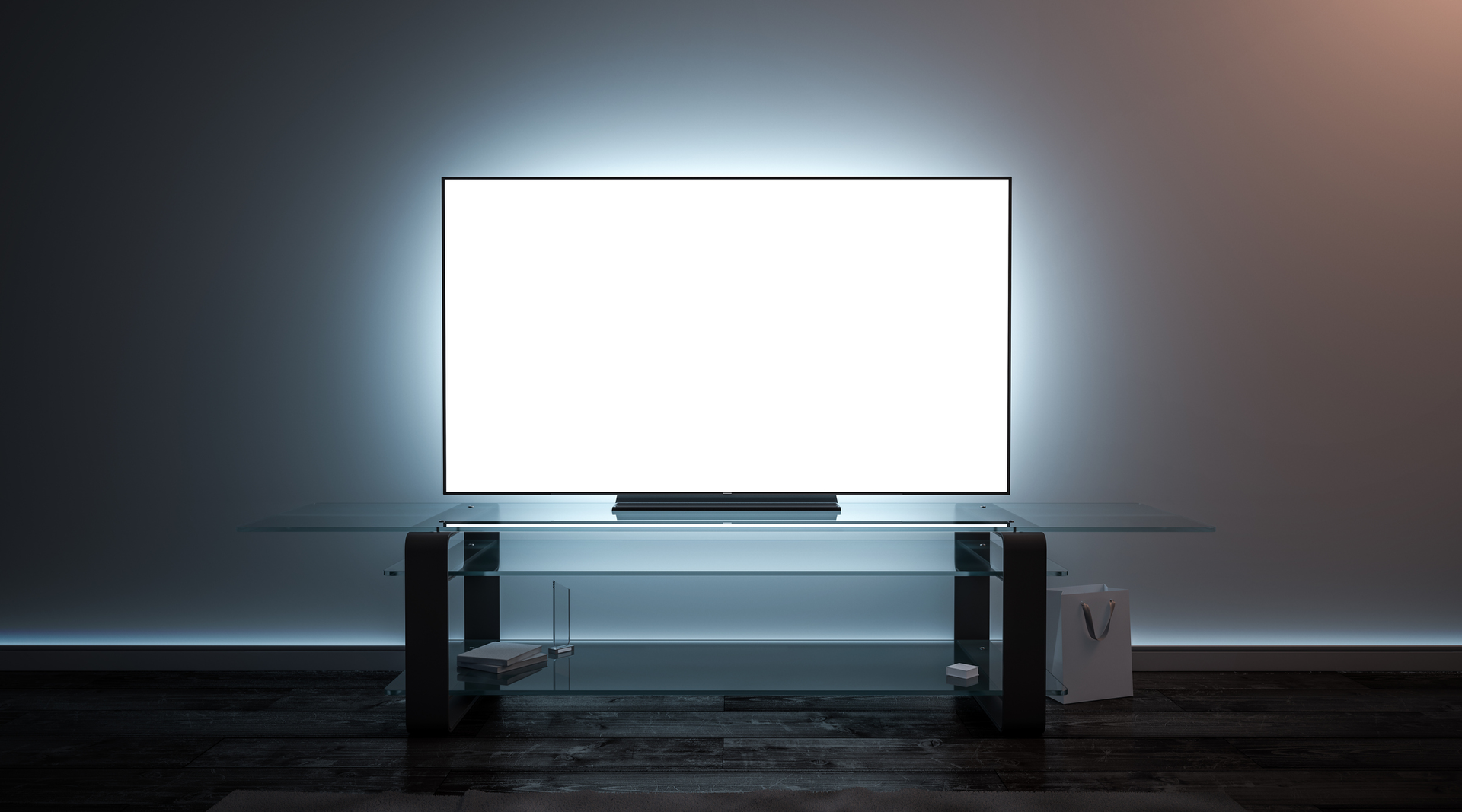Over-the-top (OTT) TV options are growing, but many of the biggest recent entries in this digital space are extensions of traditional legacy programming. You can get anything through the internet, so why not the same primetime dramas and sports you used to be able to get for free with rabbit ears once upon a time?
Peacock, NBCUniversal’s upcoming OTT app, will have a free service and Premium ($4.99) subscription plan. For cord-cutters, cord-nevers and everything in between (aka “cord-shavers”), a la cart TV fits their lifestyle, even if it’s less convenient to chase down the content you’re looking for across multiple apps and platforms.
While OTT is growing, a great number of TV watchers have stuck to linear TV. And by following an important marketing principle in meeting customers where they are, the linear TV industry has taken steps to advance that experience, which also opens up new opportunities for advertisers in this legacy medium.
Next Gen TV overhaul
In last year’s Under the Tree roundup, Videa President Shereta Williams alerted our readers to the coming transition in linear TV. (Videa is a supply side platform owned by Cox Media Group.) Described as the first upgrade to broadcast since it transitioned from analog to digital, the ATSC 3.0 format would bring household-level data to advertisers, and hi-def, video-on-demand and other OTT-like features to consumers.
ATSC 3.0 has been rebranded as Next Gen TV – an important move toward building consumer awareness. During the previous transition, new digital antennae were promoted and subsidized. For consumers to take advantage of Next Gen TV, they will have to buy a compatible TV or standalone tuner.
Although new TVs will be rolling out later this year, broadcasters will also have to update.
In a recent conversation, Williams told me, “Broadcasters have to update their transmission equipment from 1.0 to 3.0. For TV sets, 20 different models were announced at CES and are expected by holidays this year.”
According to Williams, initially, each broadcaster doesn’t have the Next Gen TV spectrum, so there is some sharing by arrangement that has to be coordinated. These arraignments, along with the equipment update and new hardware are now happening in 2020, making it “year one,” even though planning has been in the works for several years.
“For full scale adoption, all three have to be in place in every DMA in the country,” Williams explained.
New hardware and viewing experience
LG, Samsung and Sony have taken the lead by debuting Next Gen TV models this month at CES. The new format supports Ultra HD 4K video. According to the National Association of Broadcasters, Next Gen TV also offers enhanced mobile reception, enabling users to access this programming from their tablets without eating into their data plans.
“The value proposition is still being hashed out, but the initial push is for a higher quality image, capable of 4K, and a high quality viewing experience,” Williams stated.
She added that there will also be enhanced audio. For example, when watching some sports broadcasts, viewers will be able to choose between home and away audio feeds, or an alternate Spanish-language commentary, providing a customized experience for fans.
Differentiated messaging for advertisers
For the large audience that has remained tied to linear TV for tentpole programming like the upcoming Super Bowl, Next Gen TV promises to open this inventory programmatically to advertisers at scale, once adoption has spread.
“The audience is shifting [to OTT] dramatically, but the bulk of the audience by far is still in linear,” said Williams. “The onus is on broadcasters to improve that experience before they lose more viewers.”
Tuners with the new format are tied to an IP address, so advertisers will be able to target viewers at the household level, giving what is traditionally a one-to-many channel new one-to-one capabilities.
In the future,” Williams said, “targeted advertising will be a benefit, with more relevant ads, and advertisers will get a better experience as well.”







